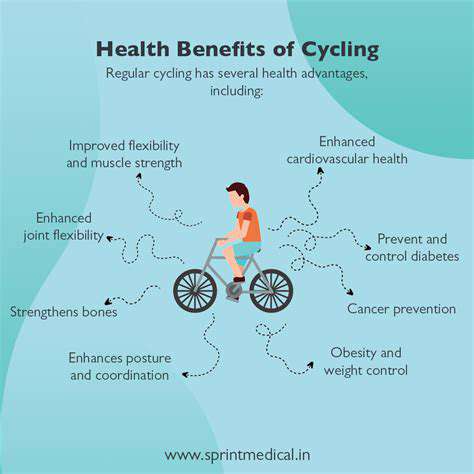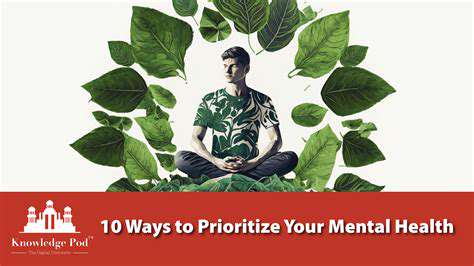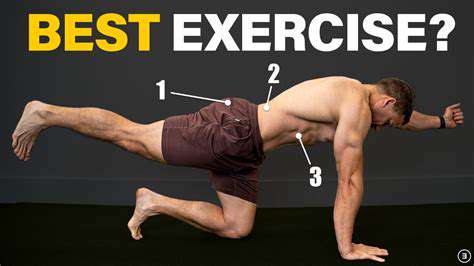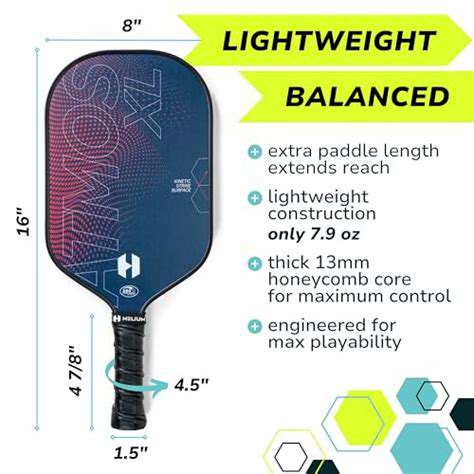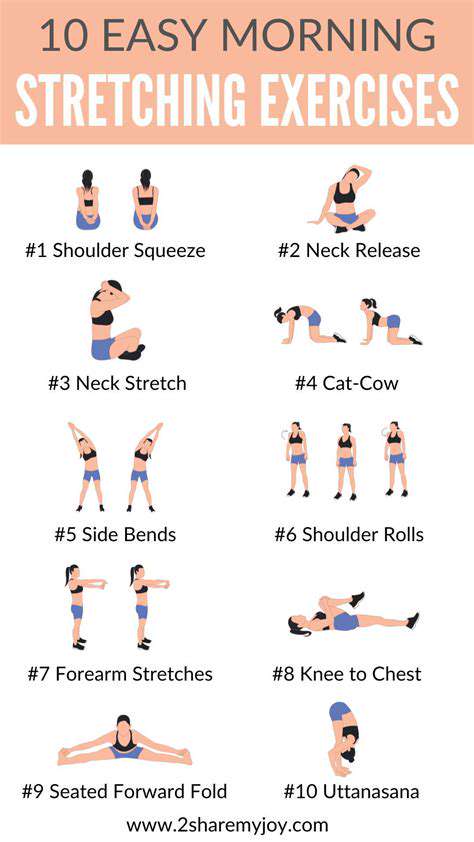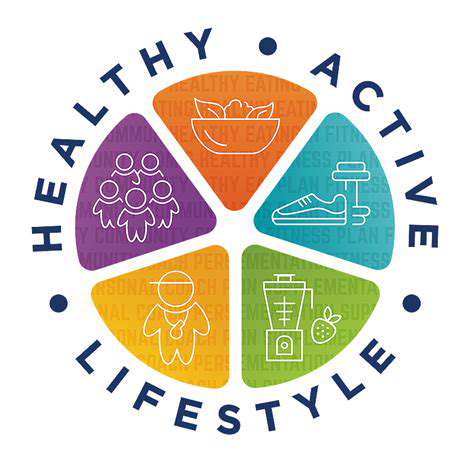6 Safe Walking Strategies for Seniors with Balance Issues
Assessing Your Balance Needs
Understanding Your Balance Challenges
Taking stock of your balance requirements is fundamental for crafting a walking plan that's both safe and effective. Pinpointing specific issues—whether it's dizziness, leg weakness, or vision problems—helps shape the strategies you'll use. By acknowledging these limitations, you can customize your approach to walking, reducing risks while boosting safety and enjoyment.
It's worth noting that balance problems are widespread among older adults and often stem from underlying health conditions. Consulting your doctor about your symptoms is the first step toward a walking plan tailored to your unique needs.
Evaluating Your Physical Abilities
A comprehensive assessment of your physical capabilities is essential for identifying suitable walking strategies. This means examining factors like strength, flexibility, and range of motion. Understanding your current fitness level helps determine appropriate distances, speeds, and terrains.
Don't overlook recent injuries or surgeries. Your physical therapist or physician can provide valuable insights into how these might affect your balance and walking ability. They may also recommend exercises and adjustments to rebuild strength and enhance stability.
Choosing the Right Walking Surface
Picking the proper surface for walking is critical for maintaining balance. Smooth, even paths like sidewalks or well-kept trails are generally safer than uneven or rocky ground. Steering clear of obstacles—cracks, puddles, or loose gravel—is key to minimizing fall risks.
Importance of Proper Footwear
Wearing the right shoes is a major factor in safe walking for seniors with balance concerns. Opt for footwear with solid arch support, a snug fit, and slip-resistant soles. Avoid high heels or thin-soled shoes, as these can heighten the risk of trips and falls.
Think about the terrain you'll be walking on when selecting shoes. For instance, if you plan to traverse uneven ground, you might need footwear with extra traction.
Incorporating Assistive Devices
Using aids like canes or walkers can dramatically improve balance and lower the chance of falls. A physical therapist can help identify the best device for your needs and teach you how to use it properly.
Consulting a healthcare professional is crucial for determining whether an assistive device would benefit your specific balance issues. They can offer expert advice tailored to your individual circumstances.
Understanding Environmental Factors
External conditions can greatly influence your balance while walking. Pay close attention to lighting, weather, and potential hazards like uneven surfaces or obstacles. Adjusting your route or pace based on these factors can help mitigate risks.
Developing a Gradual Walking Program
Start with brief, slow walks in a safe setting. Gradually extend the duration and intensity as your strength and balance improve. Listen to your body and take breaks when needed. Consistency is vital for building endurance and enhancing overall balance.
Set achievable goals and acknowledge your progress along the way. This will keep you motivated and help maintain a safe, enjoyable walking routine.
Utilizing Assistive Devices Strategically
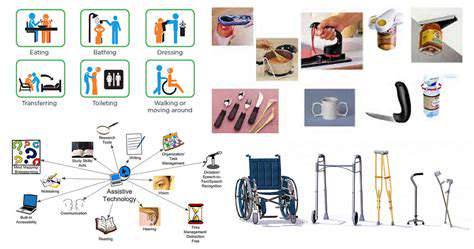
Understanding the Importance of Assistive Devices
Assistive devices are indispensable tools for empowering people with disabilities to engage fully in daily life. These tools can significantly boost independence, enabling users to accomplish tasks that might otherwise be difficult or impossible. From simple aids like adaptive utensils to advanced technologies like screen readers and communication boards, assistive devices address a broad spectrum of needs. By offering support and enhancing accessibility, these tools bridge gaps between individuals and their surroundings, fostering greater inclusion.
Selecting the right assistive device is critical for maximizing its benefits. A thorough evaluation of the user's needs, abilities, and goals is essential to ensure the device aligns with their aspirations. This personalized approach guarantees the device becomes a seamless extension of the user's capabilities rather than an obstacle.
Strategies for Effective Implementation
Successfully integrating assistive devices requires a multi-pronged approach. Proper training and support are paramount. Users need clear instructions on device operation, including troubleshooting common issues. Ongoing assistance from professionals or support groups can build confidence and comfort in using the device across various settings. Regular check-ins and adjustments ensure the device evolves with the user's changing needs.
Seamlessly incorporating assistive devices into daily life is crucial for optimal outcomes. This might involve adapting environments—like installing ramps for mobility devices—or establishing new routines that leverage the device's strengths. Such proactive measures ensure the tool becomes an integral part of the user's lifestyle.
Addressing Challenges and Considerations
While assistive devices offer immense benefits, challenges exist. Financial accessibility is a significant barrier, as high costs can limit availability for many families. Additionally, limited awareness about available devices and their advantages can hinder adoption. Educational initiatives and outreach programs are vital for closing this knowledge gap.
Ongoing maintenance and repairs are another critical consideration. Reliable service providers are necessary to keep devices functional. Regular assessments and adjustments ensure the tools remain effective as the user's needs evolve, maintaining their reliability over time.
Creating a Safe Walking Environment
Planning Your Walks
Thoughtful planning is essential for establishing a safe walking environment for seniors. Consider factors like time of day, weather, and route selection. Opt for well-lit paths with sidewalks, avoiding dimly lit or uneven areas. Morning or afternoon walks often provide ideal lighting and fewer crowds. Checking the weather forecast and adjusting plans accordingly helps prevent slips, falls, or overheating.
Familiarity with the route—or walking with a companion—enhances safety. Knowing potential hazards like stairs or uneven surfaces allows for better preparation. Walking with a friend or family member offers support and assistance if needed.
Choosing Appropriate Footwear
Proper footwear is a cornerstone of balance and injury prevention. Select sturdy shoes with good support and non-slip soles. Avoid slippers or sandals, which provide minimal stability. Ensure a comfortable fit—neither too tight nor loose—to promote natural movement and reduce fall risks.
Regularly inspect shoes for wear and tear. Damaged soles or worn treads can compromise stability, so replace them promptly to maintain safety.
Understanding Your Limitations
Recognizing your physical boundaries is key to safe walking. Avoid overexertion by starting with shorter walks and gradually increasing duration and intensity. Listen to your body and rest when needed. If pain arises, stop and consult your doctor.
Account for any medical conditions or mobility issues. Adjust your walking routine accordingly, and seek personalized advice from healthcare providers.
Utilizing Assistive Devices
If necessary, use canes or walkers to enhance balance and confidence. Ensure proper fit and usage through professional guidance. Regular maintenance checks are vital to keep devices functional and safe.
Staying Aware of Surroundings
Remaining vigilant while walking prevents accidents. Watch for hazards like uneven pavement or obstacles. Avoid distractions like phones, and stay focused on your environment.
Exercise caution near traffic, using crosswalks and looking both ways before crossing.
Ensuring Adequate Visibility
Wear bright or reflective clothing in low-light conditions to increase visibility. This simple step significantly enhances safety during dawn, dusk, or nighttime walks.
Improving Balance Exercises and Strengthening Muscles
Improving Balance
Balance is a cornerstone of safe walking, especially for older adults. Enhancing balance involves strengthening muscles and honing proprioception—your body's sense of position. Simple exercises like single-leg stands, heel-to-toe walking, and chair stands can yield significant improvements over time. Consistency is key; even brief daily practice makes a difference.
Challenge yourself by practicing on uneven surfaces like soft rugs. Maintain good posture and focus on your center of gravity to deepen body awareness.
Strengthening Leg Muscles
Strong legs are vital for supporting your weight and maintaining balance. Target quadriceps, hamstrings, and calves with squats, lunges, and calf raises. Proper form is essential to avoid injury and maximize results.
Incorporate resistance bands or weights to intensify workouts. Progress gradually to build strength safely.
Incorporating Balance and Strength into Walking
Blend balance and strength exercises into your walks for enhanced stability. Try brief single-leg stands during your route or walk on varied terrain. Mindful walking—focusing on foot placement and posture—reinforces gains from exercises, reducing fall risks.
Regular Check-ups and Professional Guidance

Preventive Care is Key
Routine check-ups are vital for sustaining health. Preventive care, often neglected, can catch potential issues early, enabling timely intervention and averting more serious problems. This proactive strategy emphasizes healthy living and addressing concerns before they escalate.
Regular appointments—including exams, screenings, and vaccinations—are investments in long-term well-being. They provide opportunities to discuss concerns, lifestyle changes, and health trends with your provider. These visits build a comprehensive health profile, allowing for tailored care plans.
Importance of Early Detection
Early identification of health issues is crucial for positive outcomes. Simple tests or exams can reveal conditions without obvious early symptoms. Prompt treatment often leads to better prognoses and fewer complications.
Many chronic diseases, if caught early, can be managed or even halted. This is especially true for hypertension, high cholesterol, and certain cancers. Early action improves treatment effectiveness and reduces long-term risks.
Professional Medical Expertise
Consulting a healthcare professional ensures personalized, evidence-based advice. Doctors bring extensive knowledge of conditions, treatments, and prevention. Their expertise enables customized care.
Professional guidance is invaluable for navigating complex health situations and making informed decisions. Their experience in diagnosis, treatment, and management ensures comprehensive care. Access to the latest research guarantees up-to-date solutions.
Leveraging a provider's knowledge empowers you to make choices that promote better health outcomes.


